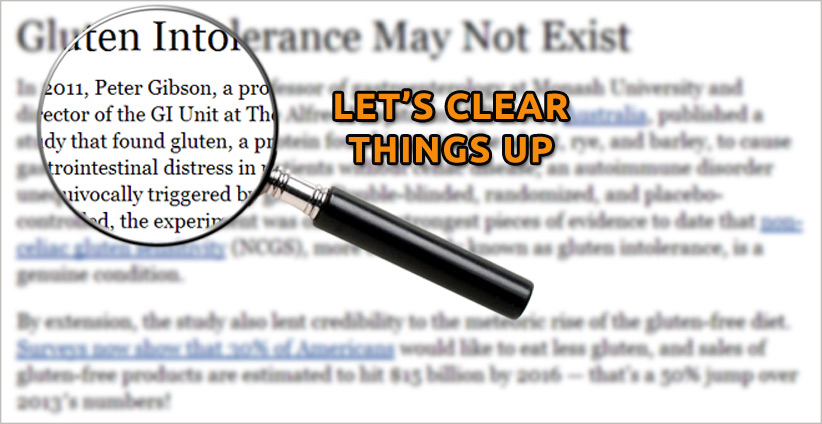
HOME > SCIENCE The science is in - why gluten sensitivity is probably fake David Anderson and Jessica
/cdn.vox-cdn.com/uploads/chorus_asset/file/4342825/Screen_Shot_2015-12-10_at_1.32.33_PM.0.png)
Zonulin" is either the key to non-celiac gluten sensitivity or another false lead on a fake disease - Vox

How your hands can tell you if you could have a gluten intolerance. Dr Chad Edwards Celiac Gluten Braly's Si… | Heath care, Gluten intolerance symptoms, Body health







![How To Become Gluten Intolerant [Video] – MenStuff How To Become Gluten Intolerant [Video] – MenStuff](https://www.menstuff.co.za/wp-content/uploads/2015/03/Gluten-intolerance.jpg)












